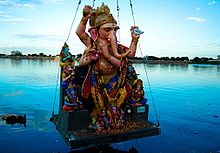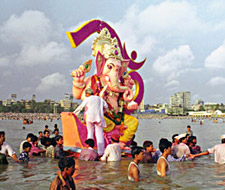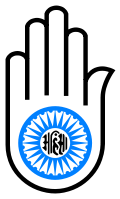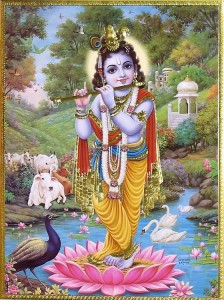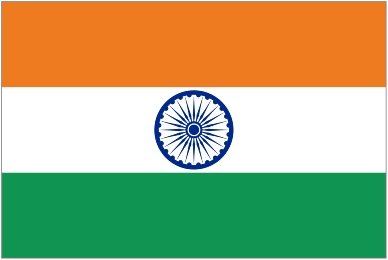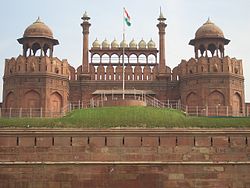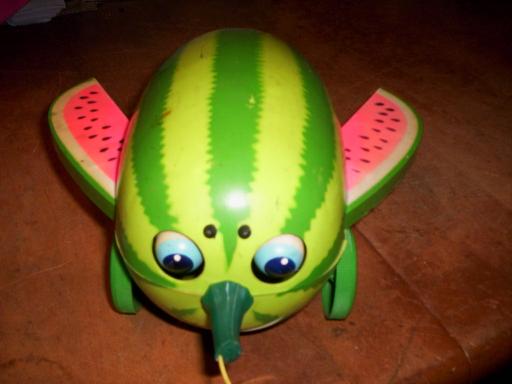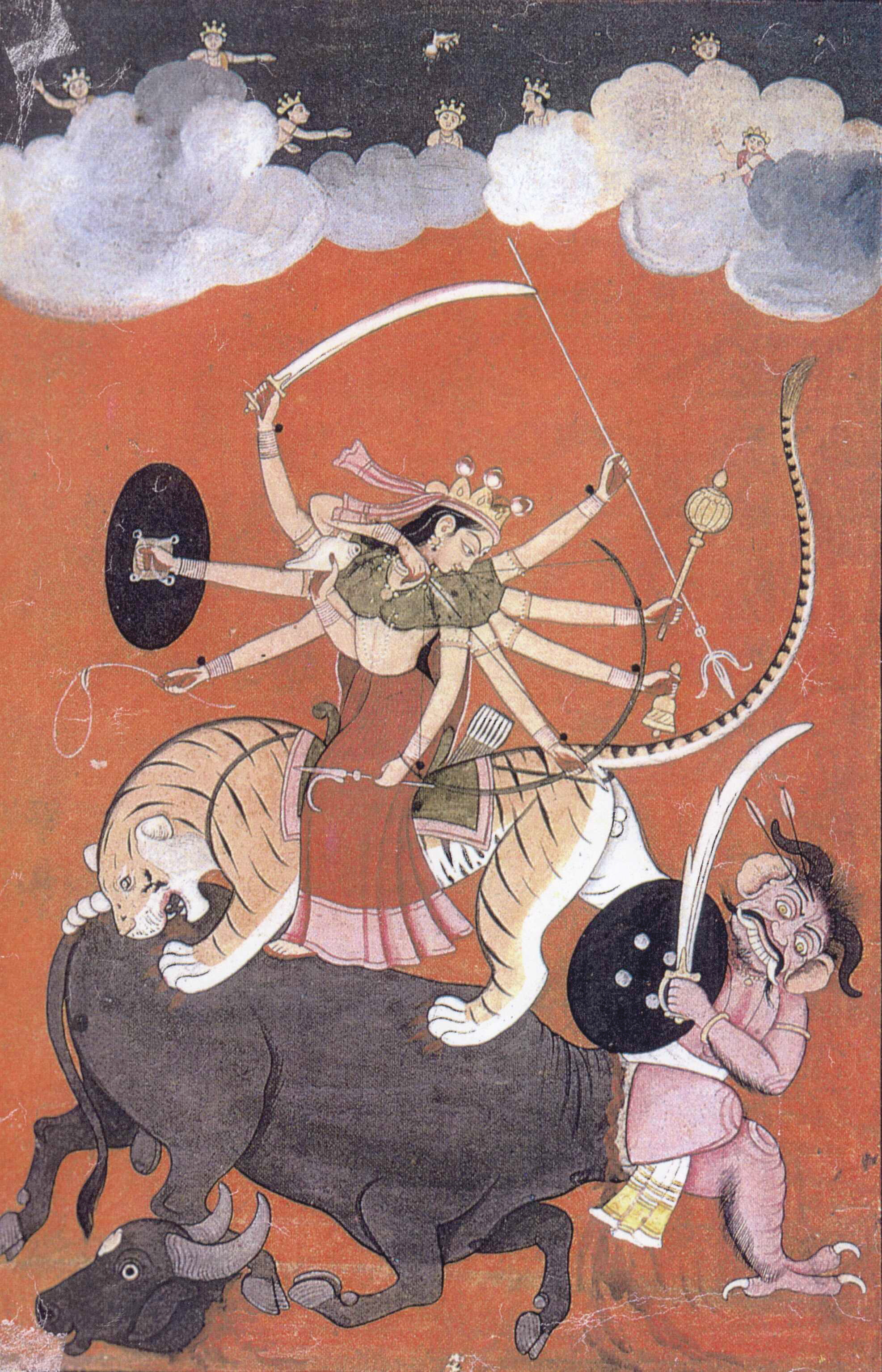 Durga Puja is the largest celebration of Bengal and Bangladesh, and is also celebrated throughout Bhutan, and Nepal. It worships the mother goddess Durga, who was called into existence by the trinity of Hindu gods, Shiva, Brahma and Vishnu, to defeat the demon Mahishasura.
Durga Puja is the largest celebration of Bengal and Bangladesh, and is also celebrated throughout Bhutan, and Nepal. It worships the mother goddess Durga, who was called into existence by the trinity of Hindu gods, Shiva, Brahma and Vishnu, to defeat the demon Mahishasura.
According to legend, Shiva gave the once-loyal Mahishasura a power that he would later regret: that Mahishasura would not be killed by any man.
Confident he could never be stopped, Mahishasura went all maniacal on the lesser gods (Devtas) and plunged the Universe into havoc. The gods pleaded with Shiva, Brahma, and Vishnu. The three created the only thing that could stop Mahishasura: an all-powerful goddess.
Durga was made from the best of all gods:
Her face reflected the light of Shiva,
her ten arms were from Lord Vishnu,
her feet were from Lord Brahma,
the tresses were formed from the light of Yama, the god of death
and the two breasts were formed from the light of Somanath, the Moon God,
the waist from the light of Indra, the king of gods,
the legs and thighs from the light of Varun, the god of oceans
and hips from the light of Bhoodev (Earth),
the toes from the light of Surya (Sun God),
fingers of the hand from the light of the Vasus, the children of Goddess river Ganga
and nose from the light of Kuber, the keeper of wealth for the Gods.
The teeth were formed from the light of Prajapati, the lord of creatures,
the Triad of her eyes was born from the light of Agni, the Fire God,
the eyebrows from the two Sandhyas,ie, sunrise and sunset,
the ears from the light of Vayu, the god of Wind.
The gods then armed her to the teeth (which as we know, were Prajapati’s) and she proceeded to kick the surprised Mahishasura’s butt. Since that day, Durga has symbolized the unity of the forces of good over those of wickedness.
Durga Puja lasts almost a fortnight, beginning on the 12th of Aashin in the Bengla calendar (September 29 in 2008), but doesn’t really get kicking until the 18th of Aashin (October 5 this year) and lasts four or five days:
October 2008 (Aashin 1415)
October 3 (evening) to October 4: Maha Panchami
October 4/5: Maha Shashti
October 5/6: Maha Saptami
October 6/7: Maha Ashtami
October 8: Maha Navami
October 9: Dashami
Today’s Maha Shashti is “the sixth day of the moon when Goddess Durga is welcomed with much fanfare and gusto. Look for the ‘Bodhon’ rituals when Goddess Durga is unveiled.” –http://www.durgapujagreetings.com/nirghonto.html
Though the religious aspects of the festival are still strong, Durga Puja has become a cultural and community celebration in recent decades.


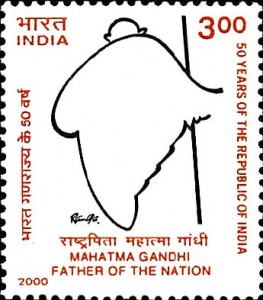
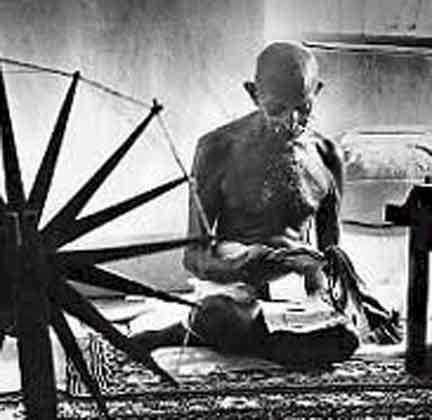 Gandhi’s weapons included strikes, protests, and boycotts of British goods. He encouraged Indians to spin their own cloth and renounce British titles of nobility.
Gandhi’s weapons included strikes, protests, and boycotts of British goods. He encouraged Indians to spin their own cloth and renounce British titles of nobility.

